Golfers are always on the lookout for that one piece of equipment that can help them elevate their game. For many, the Titleist 917 D2 driver stands out as a formidable option. In this detailed review, we will explore its features, benefits, and performance to help you decide if it’s the right choice for your game.
Overview of the Titleist 917 D2 Driver
The Titleist 917 D2 driver was designed for players seeking more distance, forgiveness, and control. With a larger head size than its counterpart, the 917 D3, it offers a 460cc clubhead designed to provide maximum forgiveness on off-center hits.
Key Features
- Active Recoil Channel (ARC): This innovative feature adds flexibility to the face, resulting in greater ball speed and reduced spin.
- SureFit CG: This system allows for customization of weight towards the heel or toe, promoting desired flight paths.
- High-Performance Forged Titanium Face: Designed for enhanced energy transfer, this face provides better speed and distance.
- Multiple Loft and Lie Options: Golfers can adjust the loft from 8.5° to 12°, and the lie can be modified up to 4°.
Visual Design and Aesthetics
The Titleist 917 D2 has a sleek black finish with a polished crown and a subtle accent of red. It has a classic look that appeals to both beginner and seasoned golfers alike. Here’s a closer look at its design elements:
- Color Scheme: Sleek black body with red accents
- Tactile Finish: The matte crown reduces glare while aligning your shot
 Titleist 917 D2 Driver Side View
Titleist 917 D2 Driver Side View
Performance Evaluation
When it comes to performance, the 917 D2 driver does not disappoint. Let’s break down some of its key performance metrics.
Distance and Speed
Many users report notable distance gains when using the 917 D2. The Active Recoil Channel helps reduce spin while increasing ball speed. Here’s what you can expect:
- Average Distance: Around 250-300 yards for average players, depending on swing speed
- Spin Rate: Typically lower than 3,000 RPM, allowing for more penetrating ball flight
- Launch Angle: Adjustable loft settings provide the versatility to adjust your launch conditions
Forgiveness
The 917 D2 driver shines in providing an impressive forgiveness level. The larger clubhead allows for better performance on off-center hits. Here’s a quick overview:
- Low Missed Hit Penalty: Golfers experiencing mishits often find their shots staying straighter and traveling further than they would with smaller-headed drivers.
- Improved Shot Shape Control: The SureFit CG technology allows you to manipulate weighting, leading to a more customized experience.
 Golfer Hitting Ball With Titleist 917 D2 Driver
Golfer Hitting Ball With Titleist 917 D2 Driver
Feel and Feedback
The feel of any driver is crucial for a golfer. The Titleist 917 D2 features a well-balanced design that delivers a satisfying sound and feel at impact, which many players appreciate.
- Sound: A crisp, satisfying “ping” upon contact that boosts confidence
- Feedback: Excellent tactile feedback helps golfers gauge the quality of their strikes
Who Is It For?
The 917 D2 driver is ideal for a variety of players:
- Mid to High Handicappers: Thanks to its forgiveness and distance, it’s an excellent choice for players looking to improve their game.
- Recreational Golfers: Those playing casually but wanting to make strides in their performance will find this driver beneficial.
- Intermediate Players: Golfers who have developed a consistent swing and seek to gain extra yards without compromising control.
Comparison with the Titleist 917 D3
While the D2 is designed for maximum distance and forgiveness, the Titleist 917 D3 targets players looking for enhanced control and a lower launch angle. Here’s a brief comparison:
| Feature | Titleist 917 D2 | Titleist 917 D3 |
|---|---|---|
| Head Size | 460cc | 440cc |
| Launch Angle | Higher | Lower |
| Forgiveness | More forgiving | Slightly less forgiving |
| Target Audience | Mid to high handicappers | Low to mid handicappers |
| Spin Rate | Lower | Very low |
Pricing and Value
The Titleist 917 D2 driver comes at a premium price point, which can range from $399 to $599, depending on customization options. While this may seem steep, the investment yields significant benefits for many players, particularly those looking to improve their game.
 Titleist 917 D2 Driver Close Up
Titleist 917 D2 Driver Close Up
Product Testing Insights
Industry experts often put equipment like the 917 D2 through rigorous testing. Here are a few insights from recent tests:
- Launch Monitor Tests: Showed increased carry distances compared to previous models and competitors.
- User Reviews: Positive feedback from players on distance, control, and overall feel.
- Professional Endorsements: Many professional golfers have incorporated the 917 D2 into their bag, highlighting its performance attributes.
Maintenance and Care
To extend the life of your 917 D2 driver, consider the following tips:
- Regular Cleaning: Keep the clubface free of dirt and debris.
- Proper Storage: Store the driver in a protective headcover to avoid scratches.
- Watch Temperature Extremes: Avoid leaving your clubs in extreme temperatures that can affect performance and materials.
Key Takeaways
- The Titleist 917 D2 driver offers outstanding forgiveness and distance for mid to high handicappers.
- Features like Active Recoil Channel and SureFit CG promote better shot performance.
- With a sleek design and premium materials, this driver is as visually appealing as it is effective.
- It provides a satisfying feel and precise control for recreational and intermediate golfers alike.
Frequently Asked Questions (FAQs)
1. What is the difference between the Titleist 917 D2 and D3 drivers?
The D2 is larger for more forgiveness, while the D3 has a smaller head for lower spin and a more penetrating ball flight.
2. Is the Titleist 917 D2 suitable for beginners?
Yes! Its forgiving design makes it a great option for beginners looking to improve their distance and control.
3. How much should I expect to pay for the Titleist 917 D2 driver?
Prices generally range from $399 to $599 depending on customization options.
4. Can I adjust the loft and lie of the Titleist 917 D2 driver?
Absolutely! The 917 D2 offers multiple loft settings to better fit your swing and launch preferences.
5. Does the 917 D2 driver come with a warranty?
Yes, Titleist drivers typically come with a manufacturer’s warranty; be sure to check with your retailer for specifics.
6. What types of shafts are available for the 917 D2 driver?
A variety of shaft options are available, ranging from lightweight to heavy-duty, to cater to different swing speeds and preferences.
7. How does the Active Recoil Channel work?
This technology enhances face flexing at impact, reducing spin and increasing ball speed for more distance.
8. Is the Titleist 917 D2 driver available in left-handed versions?
Yes! Titleist offers left-handed options for many of its drivers, including the 917 D2.
9. Can I use the 917 D2 on the course and in tournaments?
Yes, the 917 D2 complies with USGA regulations and is legal for all tournament play.
10. Where can I buy the Titleist 917 D2 driver?
You can purchase it at golf retailers, online stores, or through the official Titleist website.
In summary, the Titleist 917 D2 driver offers a combination of power, forgiveness, and control that can meet the needs of a broad range of golfers. Whether you’re hitting drives off the tee or seeking that extra edge in competition, this driver is worth considering. Happy golfing!
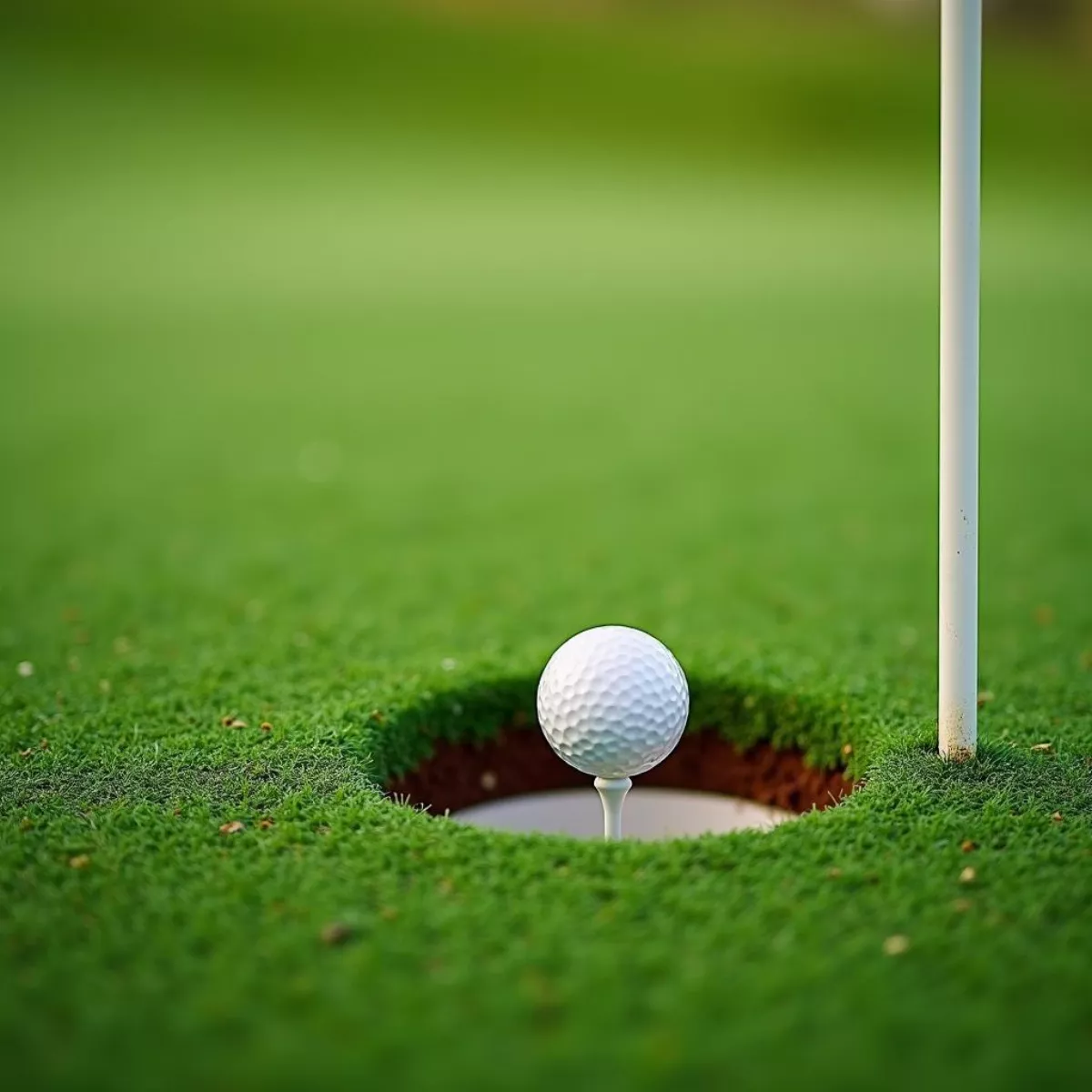
 Drilling a hole in wood for a DIY project
Drilling a hole in wood for a DIY project Gardener planting seeds in soil
Gardener planting seeds in soil
 Global Green Initiatives
Global Green Initiatives Future of Green Regulation
Future of Green Regulation
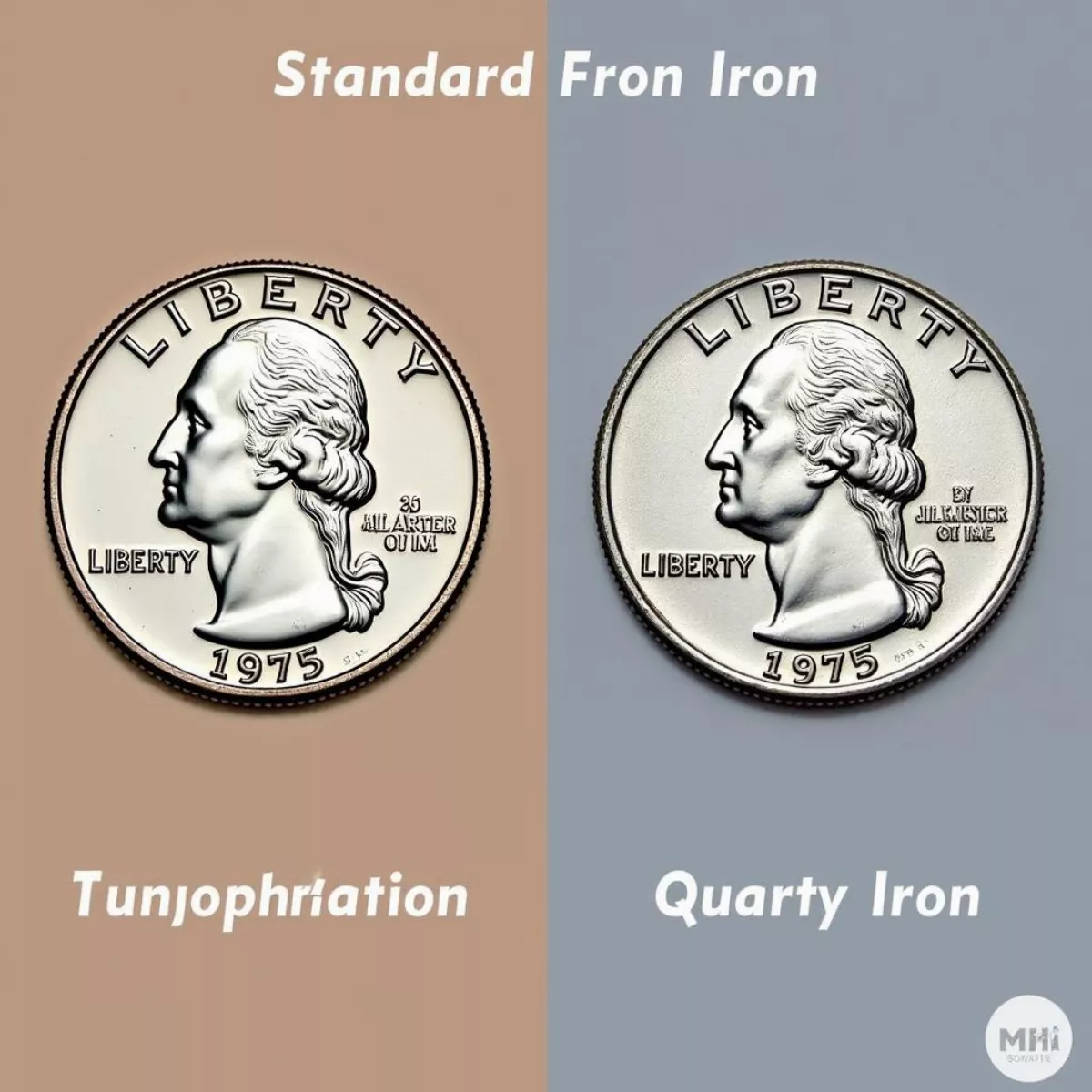 Quarter Iron Coin Comparison
Quarter Iron Coin Comparison Online Marketplace Quarter Iron Coins
Online Marketplace Quarter Iron Coins Coin Collection Display with Quarter Iron
Coin Collection Display with Quarter Iron
 Scenic view of Crown Lake
Scenic view of Crown Lake
 Fairway Woods Comparison
Fairway Woods Comparison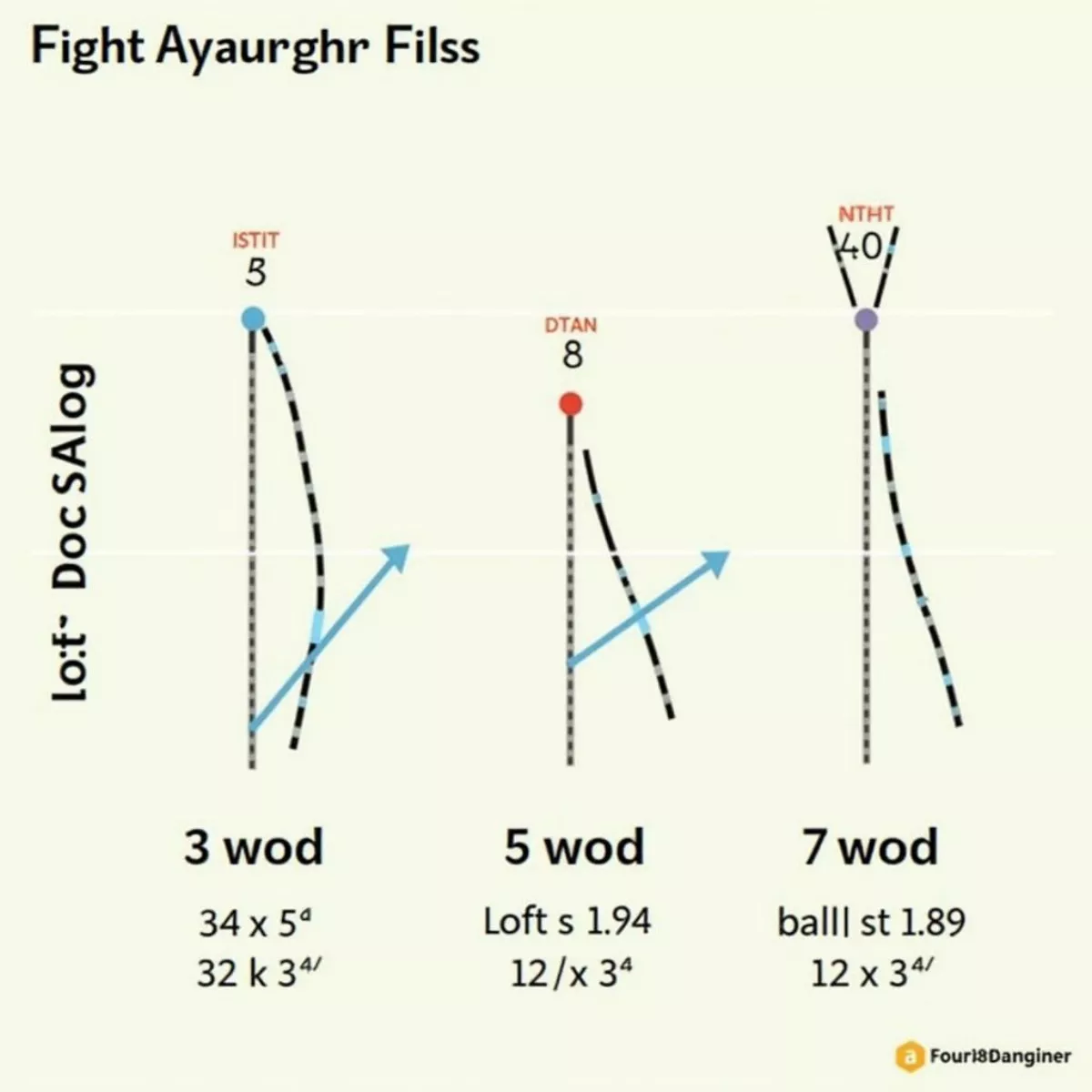 Fairway Wood Loft Chart
Fairway Wood Loft Chart Fairway Wood vs. Hybrid
Fairway Wood vs. Hybrid
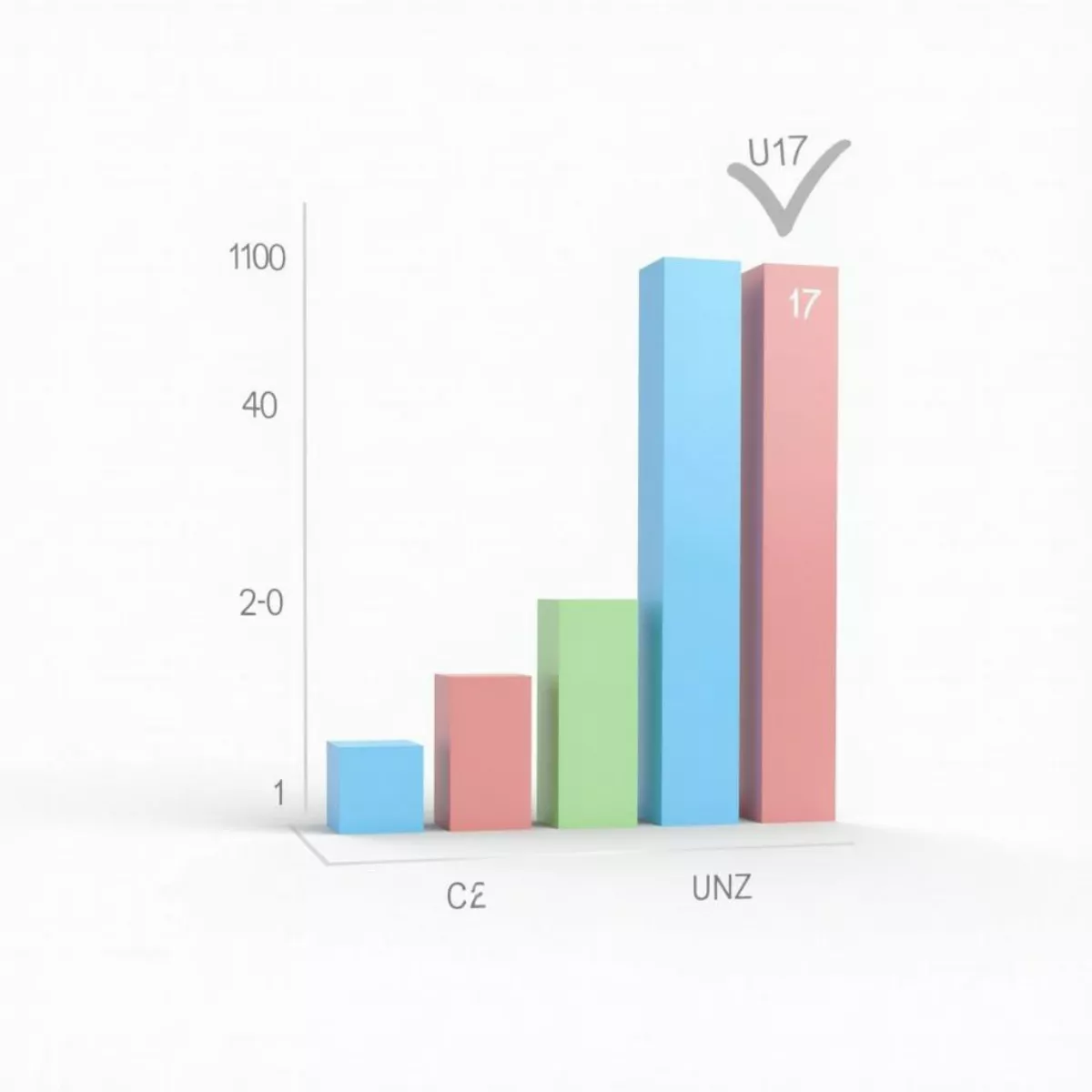 Customer Satisfaction Survey Results
Customer Satisfaction Survey Results Athlete Celebrating Victory
Athlete Celebrating Victory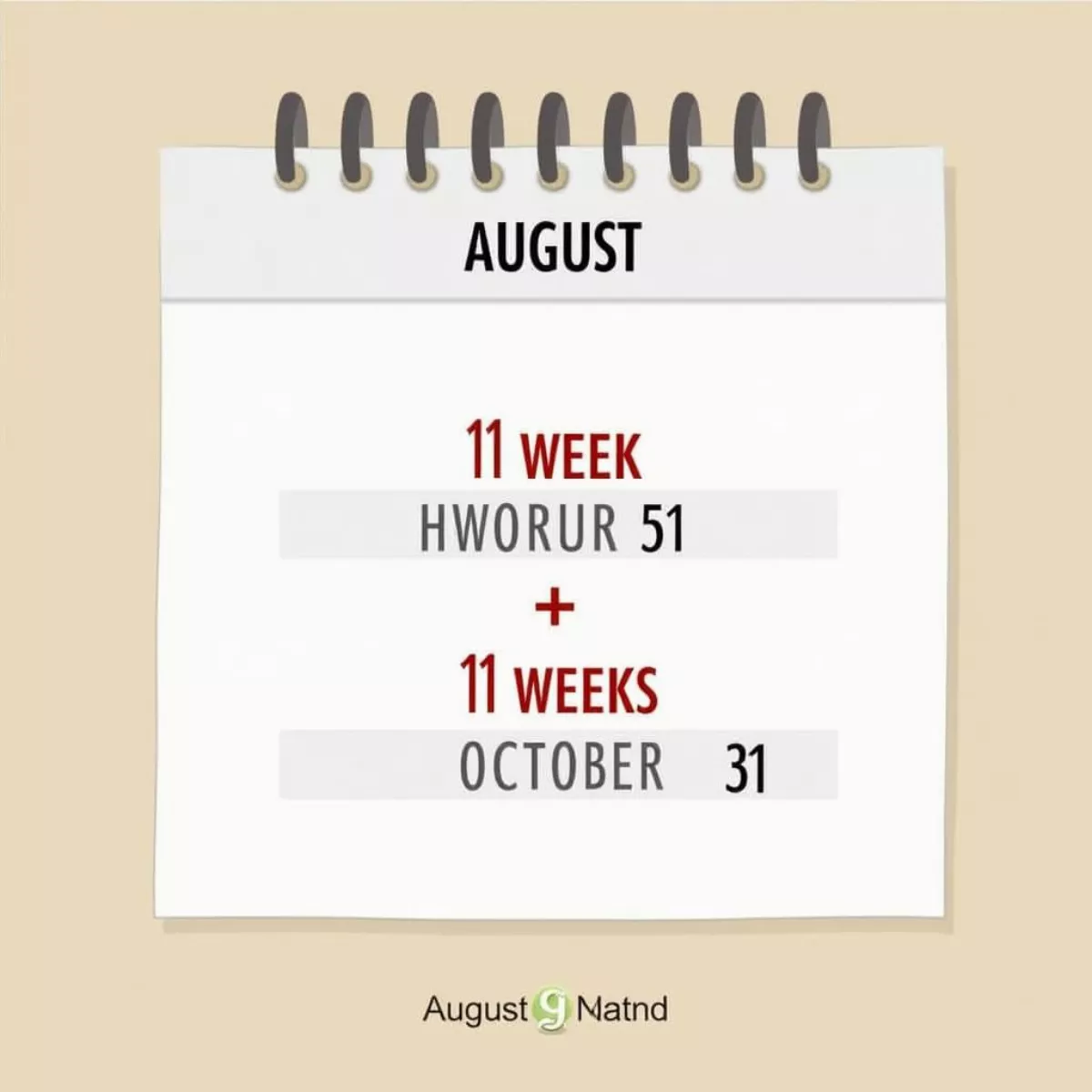
 Reflecting on Personal Growth
Reflecting on Personal Growth Using an Online Date Calculator
Using an Online Date Calculator